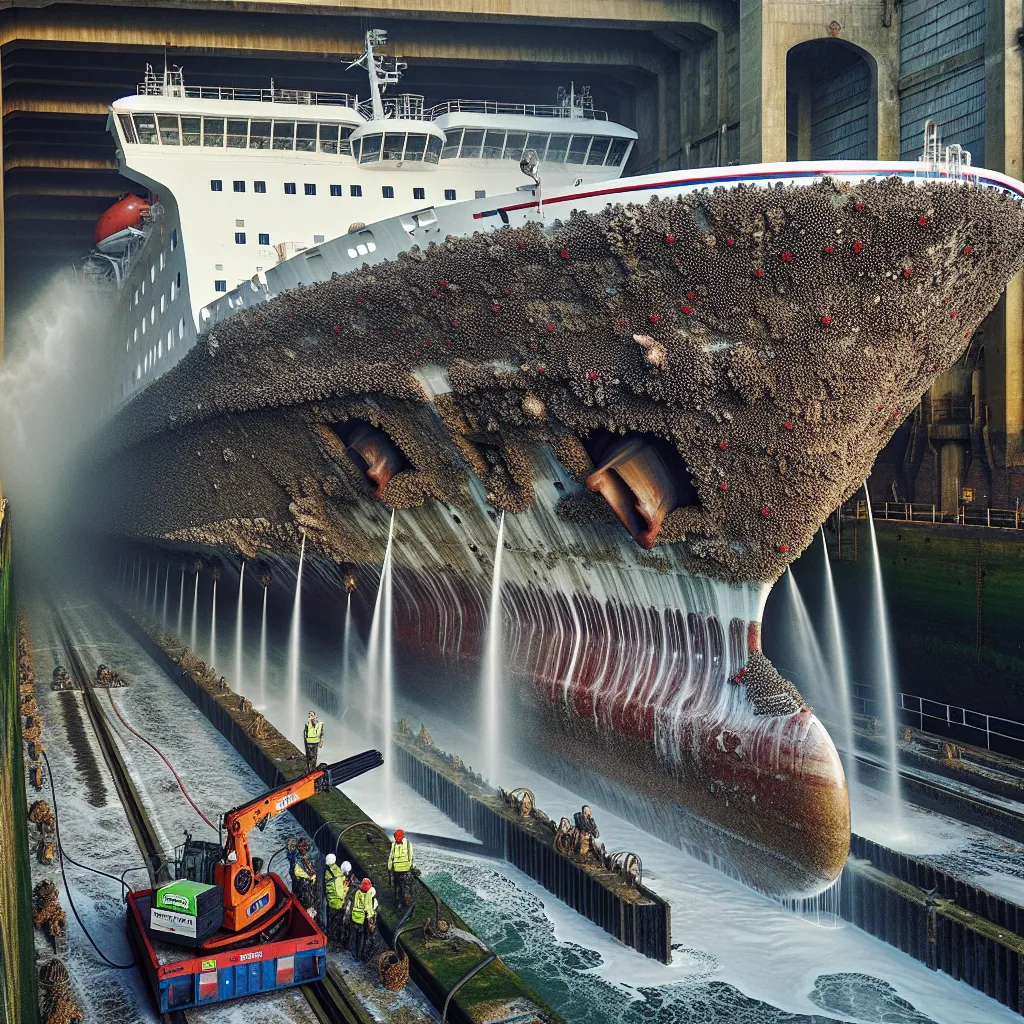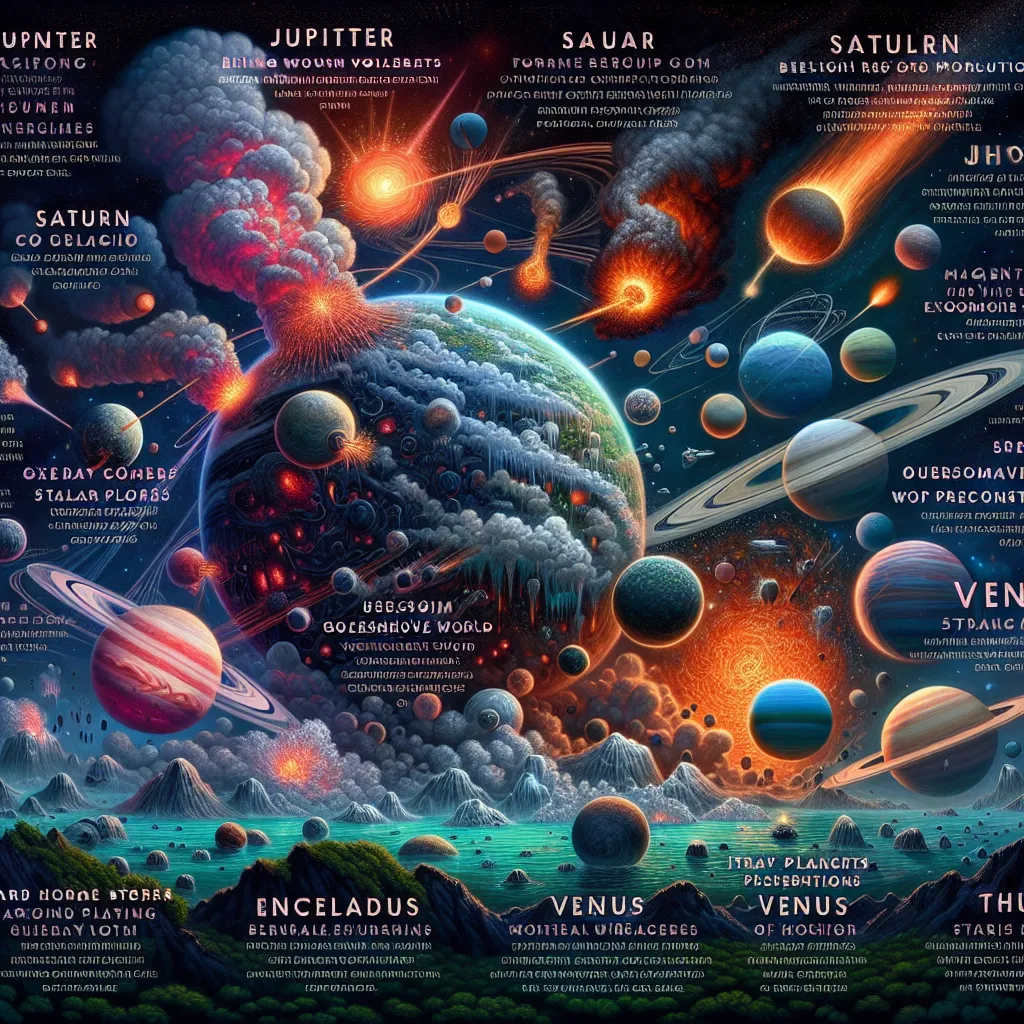Under the calm waters of the River Mersey, there’s a hidden problem. The P&O ferry, Norbank, has been running the Liverpool to Dublin route for years. At 167 meters long, its hull has spent the last two and a half years underwater, collecting a thick crust of marine growth. It’s time for a deep clean.
To get the Norbank ready, they carefully move it into one of Europe’s largest dry docks at the Cammell Laird shipyard. This isn’t a simple task. Graham, the guy in charge, directs the team as they set the massive ship into position, inch by inch. Missing the wooden blocks below could damage the hull, turning a difficult job into a disaster. With ropes and precise adjustments, they fight the wind to get it exactly right.
With the ship in place, they begin draining the dock. It’s no small feat; the dock holds 36 million gallons of water, and the pumps move 78,000 gallons a minute. After three hours, the hull finally comes out of the water. It’s coated in barnacles, mussels, and grime.
However, cleaning can’t start immediately. The dock floor is covered in silt from the river. Paul Bramwell leads the effort to remove the mud, which takes 8-10 hours. Only then can they bring in the cleaning gear.
The Norbank’s hull was coated with a special non-stick paint back in 2007, designed to resist marine growth. This time, Hans Pronk, the technical manager, is eager to see how well it’s held up. As they start cleaning, the paint appears to do its job, making it easier to wash off the crust.
But the seawater inlets are a different story. They’re clogged with mussels, which can enter the cooling system and block the pipes. Getting rid of these mussels is tough. The team uses high-power pressure washers, much stronger than any car washer, to strip away the marine life.
Tom, one of the men handling the jet washer, isn’t from around the area. He describes how the slimy growth comes off in sheets, but tougher, thicker growth around the waterline and seawater inlets needs more effort. This part of the job, dealing with marine life and high pressure equipment, requires skill and caution.
The Norbank, launched in 1993, faces constant battles with marine growth on its route. Starfish, crabs, and fish often make uninvited appearances. Once cleaned, the ship will be painted and fully serviced in just eight days, ready for another two years of work.
As they finish up, Tony Scafe, the ship manager, and Hans Pronk keep a close eye, ensuring everything meets their standards. Even the propellers, covered in marine growth, need cleaning and polishing, which helps save fuel by improving efficiency. With final checks and tests, including painting touch-ups, the team prepares the Norbank for its return to service.
After using 1,700 liters of paint and countless hours of labor, the MV Norbank is ready again. Tony and Hans are confident. The Norbank, now clean and repainted, is fit for another two years on the Irish Sea, free from seawater grime—for now.






